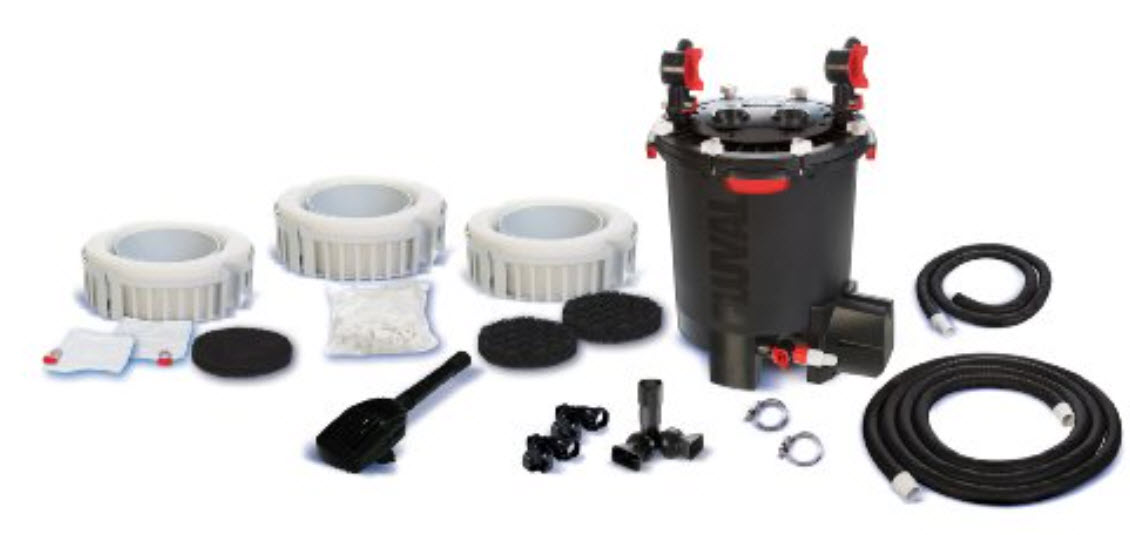
FX Canister Aquarium Filters
The Fluval FX series of canister filters can either be very poor biological filters or a very good biological filters:
- If you follow the Fluval directions and clean the foam once a month the FX filters will be very poor biological filters.
- If you only clean the foam lightly every six months to a year the FX filters will be superb biological filters.
This all has to do with the nature of the “brown gunk” being cleaned out of the FX foam. This brown gunk is very good beneficial bacteria. This brown gunk takes two months or so to become thick enough to be effective. So cleaning it is just about the worst thing one can do to a FX filter.
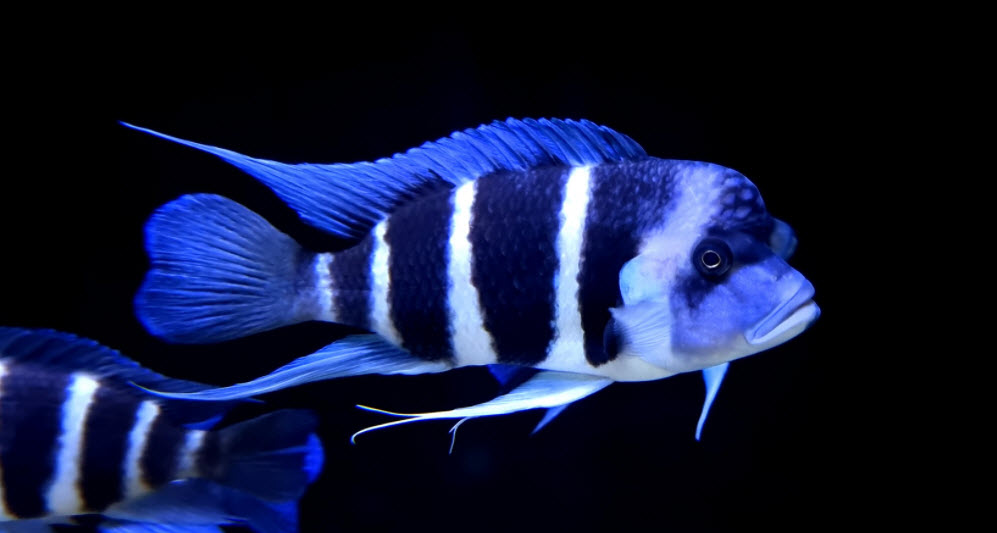
From the Poret Foam Supplier (Swiss Tropicals)
“The purpose of the foam is not to filter the water as is often assumed. The foam serves as the habitat for a vast array of microorganisms that include bacteria, archaea, worms, ciliates, flagellates, and many others. These microorganisms live in a community that is based on biofilms. The biofilms are created by bacteria that secret extracellular polymeric substance (EPS), which is often called “slime”. The community forms a bioreactor that processes the waste and turns it into food and energy for its members, and ultimately into organic or inorganic products that are then used by plants, evaporate, or removed by water changes. It takes a considerable amount of time to establish this “filter community”; consequently, it is very important not to disturb it unless absolutely necessary. The brown filter sludge in a filter is for the most part alive and not simply waste. Removing this mud does more harm than good.”
This is probably the most intelligent statement any supplier of aquarium products has ever made.
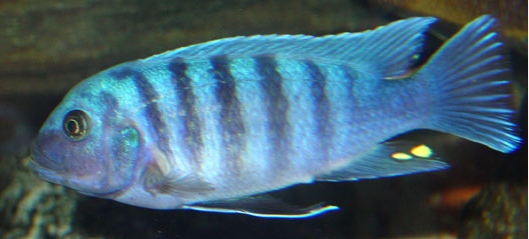
The problems that come about with cleaning foam filter material frequently are gone over via a test of foam sponge filters:
6.8. Thorough Cleaning Foam
When foam is cleaned it takes one month for the beneficial bacteria colonies to regroup. So cleaning the foam inside a FX filter once a month insures the foam never does it’s job, which is biofiltration, not mechanical filtration.
Flow in the FX Canisters
Aquarium canister filters typically either flow down through a tube and up through the media or down through the media then up through a tube.
The Fluval FX series canister uses a design which takes a while to understand. The flow is down-up-down-up. It is down through a tube, up around the outside of the foam, through the foam and up to the top, then down through the media in the baskets, and finally up through another tube.
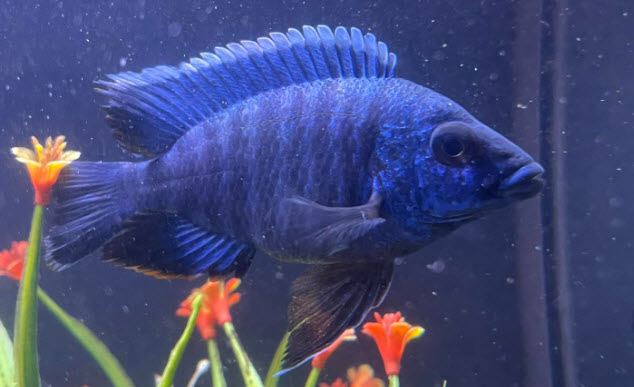
As the water flows up the first time it flows through the foam from the outside of the canister to the inside of the foam ring. This means the maximum surface area of foam being exposed to the flow. This gives great biological filtration.
This foam comes out to be about 0.2 cubic feet of 30 ppi foam in an FX6. This amount of foam will keep roughly one pound of fish healthy and happy. Add to it 0.2 feet of good media in the baskets of the FX6 and the figure goes up to close to two pounds of fish. A similar sized canister filled with only ceramic rings and bioballs can give great fish health to on the order of one fourth pound of fish, only 12% of the capacity of the foam.
The FX series canisters are simply a very well thought out design which gives great biofiltration with a whole lot of foam biomedia, IF IT IS RARELY CLEANED.
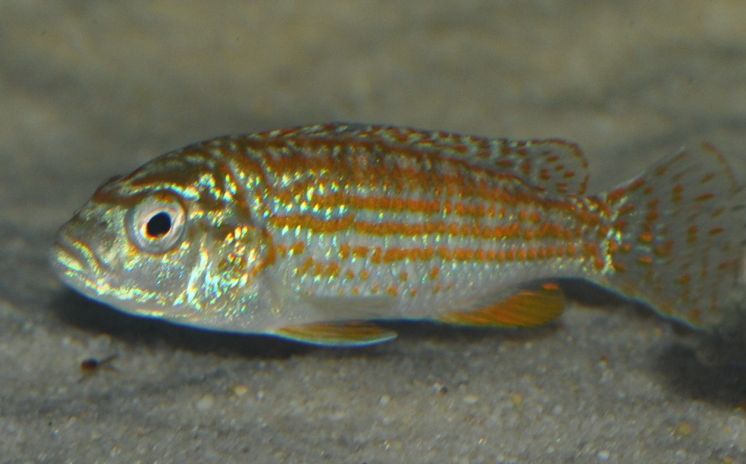
Maintenance of the FX series of Canister Filters
Here is the recommended maintenance for an FX6 canister filter:
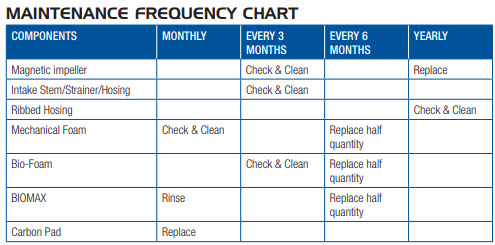
Simply put, this “maintenance schedule” is bull____. It is designed solely to maximize the profit to Fluval.
Point by Point:
- Why would one replace the impeller if it isn’t giving one a problem? It only makes money for Fluval.
- Intake’s are always fine, so why “check and clean”?
- Ribbed hosing is very difficult if not impossible to “check and clean”. In any case it is recommended to replace the ribbed tubing as it is prone to leaks.
- “Mechanical foam” is actually the main biological media in the filter. So cleaning it monthly will only give huge problems. And replacing it when it is still perfectly good only makes money for Fluval
- Bio-foam should only be cleaned when it plugs, as should all foam. And replacing it if it is fine again only makes money for Fluval.
- The Bio-max ceramic rings are one of the worst biomedias that there is. Throw them out and replace with pot scrubbers or static K1 media. In any case replacing a ceramic media which will last for centuries serves only to make more money for Fluval
- And the carbon is also useless. Replacing it monthly only makes money for Fluval.
Is there a pattern that can be discerned here? Something along the lines of “makes money for Fluval”. Isn’t the profit motive great?
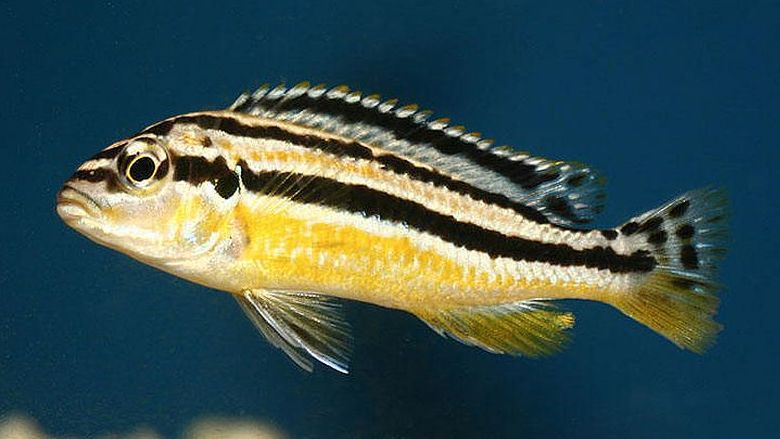
Replacing the FX Foam with Two Layers
There is a YouTube video maker, the “Pondguru” which recommends replacing the foam in the FX series canisters with two layers of foam. This video is pure unadulterated bull****. The Pondguru is espousing the concept of graduated mechanical filtration using 20 and 30 ppi foam. The problem with this approach is that 20 and 30 ppi foam is not just a mechanical filter. It is largely a biological filter. It houses the beneficial bacteria in the brown gunk.
If the filter media is something like 40 ppi foam the large particles in the aquarium (like feces) water stop at the surface of the foam. This is a mechanical filter. This brown scum film will spread out and become brown film on the surface of the 40 ppi foam quite rapidly and trap the smaller particles. This brown film is quite familiar to anyone who has used a polyester floss cartridge. But none of the foam in my FX6’s is 40 ppi foam. It is all roughly 20 to 30 ppi foam. So replacing it only makes money for the Pond Guru.
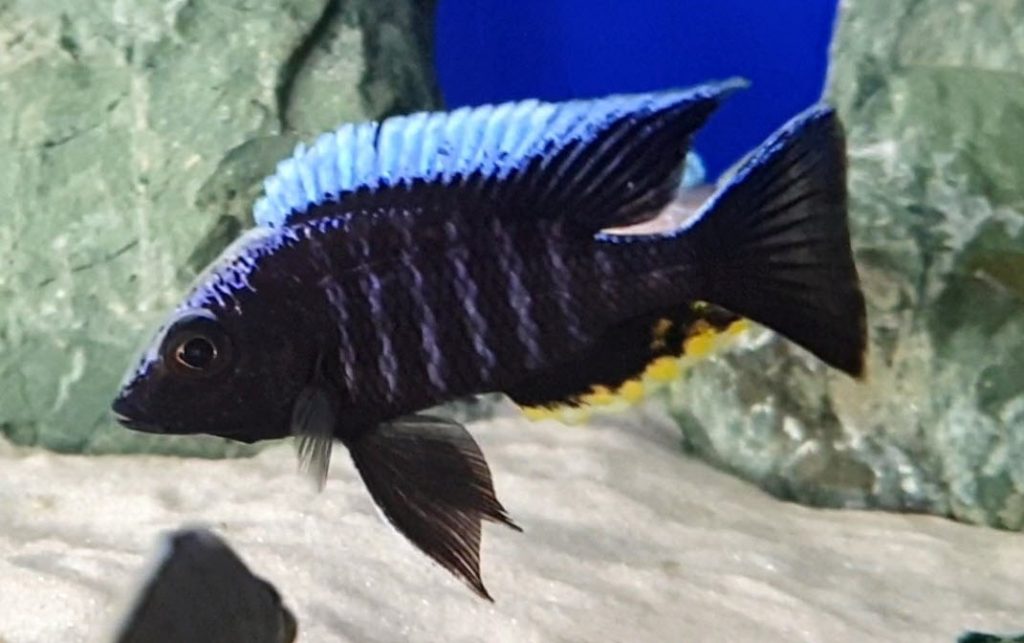
I’ve had many FX filters and I’ve NEVER found a brown gunk buildup on the foam outer surface (i.e. “mechanical filtration”). What I have found in a beneficial brown gunk buildup inside the foam.
I gave the Pondguru the lowest rating of ANY YouTube aquarium video maker. Everything he says is solely designed to make money for the Pondguru. EVERYTHING! Do not believe anything he says. The Pondguru sells very high priced foam! Replacing the Fluval foam with another foam thus serves no purpose (other than to make money for the folks selling the foam, like the Pondguru). Do NOT replace the foam in an FX canister until it begins to compress and deteriorate.
The ability of foam to function as a great biomedia is gone into in some depth in the following article:
7.7.2. Foam Media
.
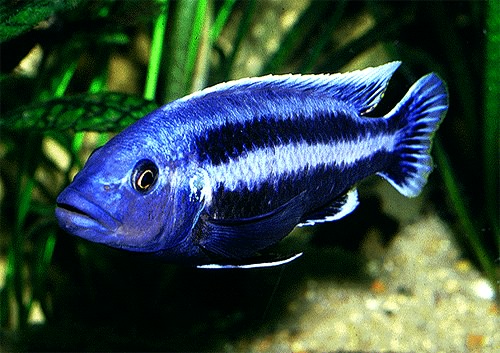
FX Impeller
If you compare an FX impeller with a SunSun impeller you will note one very important difference. The blades on the FX impeller are curved. The blades on the SunSun are straight. This reflects the nature of the motor driving the pumps. The FX motor is one directional. It only operates in one direction with what is called a “starter” (there are several versions of this feature). The cheaper SunSun will operate regardless of the direction of the motor.
The more expensive FX motor is thus much more efficient and gives much better flow than the SunSun. BUT the starter is somewhat prone to failure. So one frequently hears “My FX has stopped turning and just hums’. What happened?“. So this is a somewhat mixed bag.
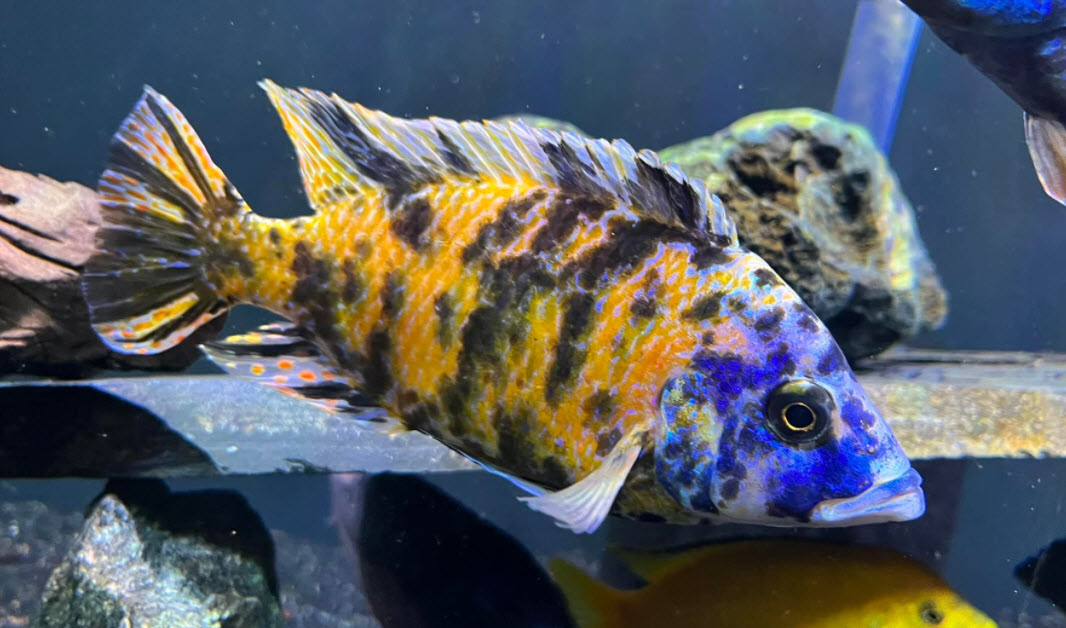
FX Tubing
But note that the FX series has one very big problem. The Fluval FX series have ribbed tubing on them. This tubing will spring leaks. Several Facebook folks have had the tubing get pinhole leaks (even in straight sections) or just plain rip apart in service. This is a typical comment:
“I love my Fluval FX6 for the job it does, but EVERY TIME we do maintenance on it (like changing the media), the tubes get hairline fractures and start sucking air, or leaking, or both! I am about to replace those crappy hoses for the FIFTH time since last August. At $20 a pop (if I can find it that cheap and no shipping), it’s not worth it.”
This ribbed tubing should always be replaced with better flexible schedule 40 tubing available at industrial supply houses or some big box hardware stores. DO NOT replace the ribbed tubing with ribbed tubing for outdoor ponds. That ribbed tubing is almost as bad as the Fluval ribbed tubing. The popular YouTube video maker Joey had some two thousand gallons of water go onto his floor when some ribbed pond tubing failed.
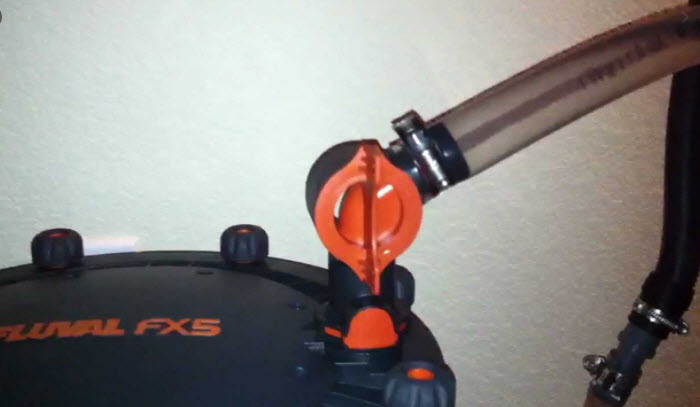
The problem with this is that the plumbing at the ends of the tubes can get pretty difficult because the sizing is odd at 7/8ths inch. You may end up with several hose clamps and a lot of tape and silicone adhesive/sealant use. This process, involving the Fluval AquaStop valves and some 7/8ths tubing, is outlined in a YouTube video “Aquarium Plumbing Failure – Post-Mortem and IMPROVEMENT!” by David Hughey. This problem is serious enough that if one does not have some decent plumbing skills, I recommend one does NOT get a FX filter. The leaks are a very real problem.
Note that the clear tubing in the photo above is for illustration purposes only. This type of tubing kinks easily. I use only heavy duty one inch HydroMaxx Schedule 40 White Flexible PVC Pipe with PVC tape and silicone to bring the Fluval male threads to one inch diameter. It is stiffer that the Fluval tubing but it is approved for use in inside home plumbing and will never spring a leak. I had one very … well… pissed off wife when one of my FX filters sprung a leak and ruined a big section of hardwood floors. It cost me a mint to repair it.

.
Return to Canister Filter Menu
.
Aquarium Science Website
The chapters shown below or on the right side in maroon lead to close to 400 articles on all aspects of keeping a freshwater aquarium. These articles have NO links to profit making sites and are thus unbiased in their recommendations, unlike all the for-profit sites you will find with Google. Bookmark and browse!
.

Dave says
In reply to Cody … Given the leak problems that keep coming up with FX6 canisters I’m recommending a foam filled sump.
Cody Gray says
I’m looking at putting together a 120 gallon extra high aquarium (60in x 18x 24) and was wondering your thoughts if I should set up two FX6’s for filtration or a submerged static media sump using foam?
Dave says
In reply to Cody …. I simply measured the I.D. of the FX tubing and went down to Lowe’s and found the closest industrial strength hose. It was not cheap! Take along the FX6 fittings to insure a good fit. If my failing memory serves me right it was a 7/8th tubing, i.e. an odd size.
Cody Gray says
Hi Dave. To replace the hosing on the FX6 what size diameter hose do I need? Also will any rubber, plastic, vinyl etc tubing from Amazon or a hardware store work?
Dave says
In reply to Cody ……. I am a big fan of the FX6 and it will make for a great filter. It is just the tubing that needs to be changed out that is the real pain.
Cody Gray says
Hi Dave thanks for your reply to my question yesterday.
Sometime this year I’m hoping to upgrade to an aquarium in the 75-120 gallon range. I’d like to do a canister filter. Does bigger is better apply? I was thinking of getting a Fluval FX series and the FX4 would work for something in that range but I thought maybe the FX6 would be even better because it has even more space for foam. Would the FX6 be the better choice for maintaining good water quality? Or should I go with a different brand of canister filter and go with a larger size? Thanks
Dave says
In regard it Ian ….. No, the flow rate, oxygenation, length of flow and just the general design give the FX the extra 30% to 50% required, “ROUGHLY”
Ian says
“This foam comes out to be about 0.2 cubic feet of 30 ppi foam in an FX6. This amount of foam will keep roughly one pound of fish healthy and happy”
According to effective surface area values from your chart in 7, 30 ppi foam has an effective surface area of 340 ft^2/ft^3.
That gives .200 ft^3 * 340ft^2/ft^3 = 68 ft^2. This is quite a bit less than 100 square ft per lb of fish, which leads me to believe I am misunderstanding something.
Joel says
Dave,
What’s your opinion of Oase cannister filters, particularly the ones with the built-in heaters?
Dave says
In reply to Luke … I would never remove any of the foam in any FX filter. The foam design is why I like FXs so much. And the trays are necessary for the function of the Foam so you cannot remove them. And canisters cannot be made into fluidized beds. It won’t work for a host of reasons (for one the lack of circular flow).
Luke B. says
Hey Dave,
Thanks for your efforts in writing these articles and making this great website.
Was thinking about how to modify an FX6 to accommodate only K1 media, and wondered what you might think of these ideas.
1. One method would be to put a mesh screen around the outside of each media tray so that K1 can fill both the inside and the outside sections. The idea being that the K1 would get in between the standoffs that line the outside sections which the foam is normally held between.
2. Another method would be to remove all three media trays entirely, remove the vertical inlet pipe from the lid, put a mesh screen on the bottom near the outlet pipe/pump, then fill the empty container with (potentially) more K1 media than would otherwise have filled the three trays. The idea being that the high flow rate of the FX6 might cause enough movement of the free-floating K1 to be akin to a moving bed system.
Best regards,
Luke B.
Dave says
In reply to Nathaniel ….Stick with 30 ppi
Nathaniel Hailey says
Your site has changed my life! Very much appreciated. Can I literally just fill my center baskets of fx6 with 30ppi poret and be good or do I need to mix in some 20ppi? Thanks for the advice
Dave says
In reply to sab …. Your media selection and order is just fine. It should work out well.
Sab says
Hi Dave, thanks for your reply. Could I get your opinion on my media setup. I have a fluval Fx4. As mentioned in your previous comment, I can use the standard foam in the outer baskets. Then in the top basket, fill with 30ppi foam and then in the bottom fill with micro k1. Could I get any suggestions, really appreciate the help.
Dave says
in reply to sab …. Just use the foam that comes with the FX4.
sab says
So I’m confused about the mechanical foam on the outer basket.. Should this be 20-30ppi or 40ppi? Does anyone have reccomendations for their FX4 media setup
Dave says
In reply to Joy ….. I have no idea how much K1 media is needed. As a very rough guess I’d say somewhere around six liters. And it doesn’t need to be in bags. It can be loose.
Joy says
After reading several articles of yours, i have decided to plan a total replacement for my FX6’s biomedias (now only filled with assorted cheap biomedias) in the basket with K1 medias, since 20-30 ppi foams are rather expensive in my country. The “mechanical filtration” foams won’t be replaced, ofc.
So my questions are :
1. How many K1 medias i needed (in litres or Kgs) to fill all the basket space available in FX6?
2. Do i need media bags to contain said K1 medias? If yes, do you have estimation for the size of the bag?
Ben z says
Dave: the green tubing that comes with some of the larger sunsuns fits the fx6 aquastop valve nicely. I’m guessing that’s because they’re both sized in metric. So, for those who can easily get metric sized tubing, the plumbing skills you described aren’t actually needed. The skill level and the likelihood of leaks/kinks then becomes equivalent to any other typical canister setup, no better or worse IMO.